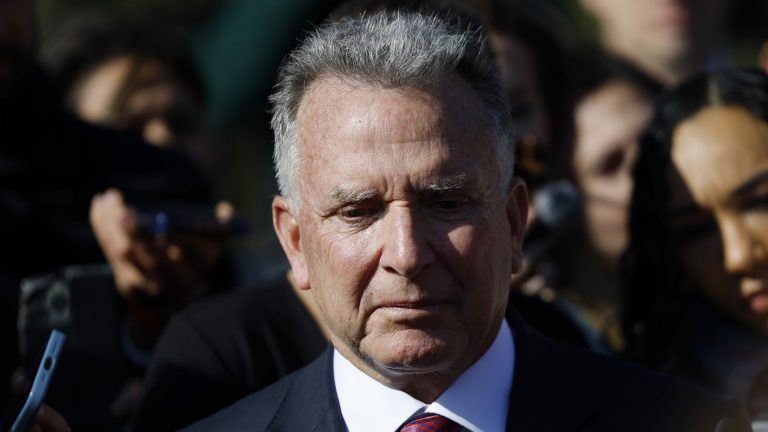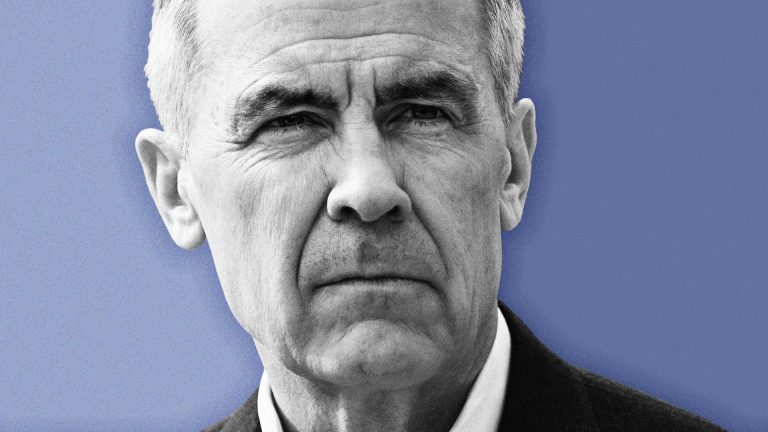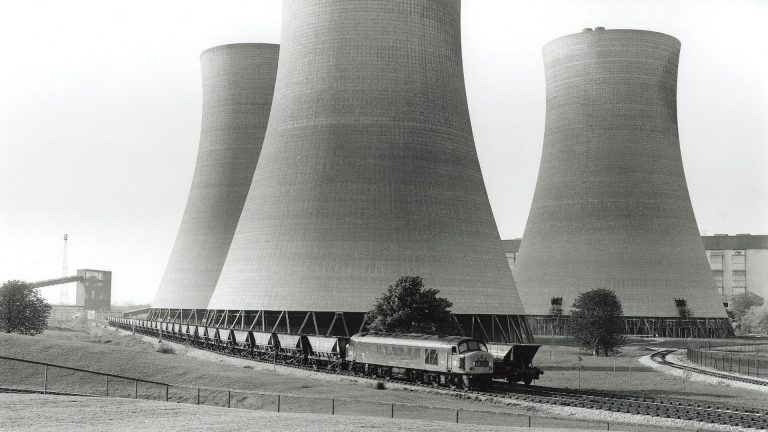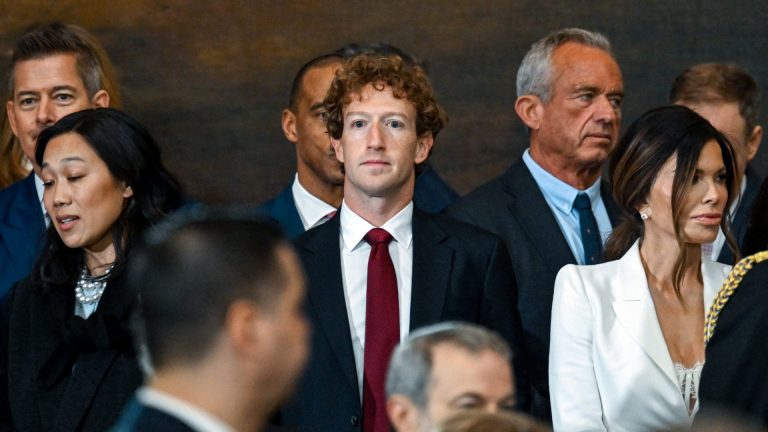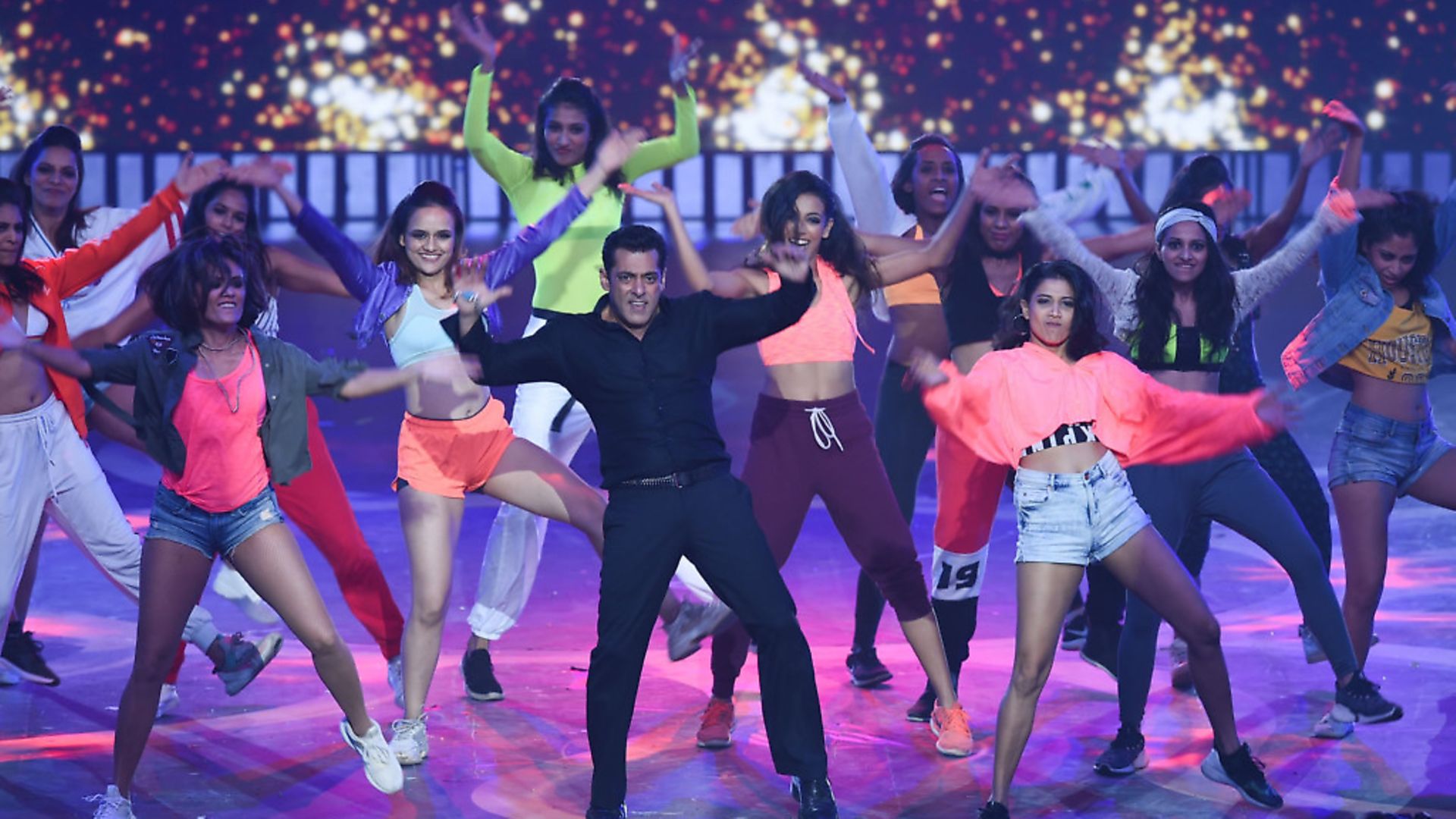
The great city is known for melding different cultural influences, says SOPHIA DEBOICK, but that does not mean it lacks a voice of its own.
Mumbai is the entertainment capital of India, the home of a film industry that has become one of the country’s cultural touchstones. Yet Bollywood, like the city itself, is the result of multiple international influences. A world port city under the East India Company and the British Raj, as cotton, silk and indigo was shipped to Europe and beyond, Bombay would become a hotbed of nationalist feeling from the late 19th century, and the renaming of the city as Mumbai in 1996 was a final rejection of the colonial past.
But the influence of that past could not be erased from the city’s musical culture. Bombay’s music – inextricable from Bollywood – has been a story of constant cultural exchange between east and west. From the 1930s, the city was full of swinging jazz clubs frequented by the international jet set, a story told in Naresh Fernandes’ book, Taj Mahal Foxtrot (2012). In the 1940s, the beginning of the Golden Age of Bollywood brought a new era of popular song, where western styles would come to be fused with classical Indian music. In the 1960s, western rockers went to the city looking for spiritual and musical profundity, but their rock idiom would be adopted by later generations of Mumbai’s youth.
Jazz made its debut in Bombay in 1935, when the American violinist and bandleader Leon Abbey brought his jazz band, the Savoy Bearcats, to the city. The all-black band was a first for Bombay, and the city’s association with the high life, for some at least, as well as its ethnic diversity, made it an attractive prospect for such musicians during the segregation era. Abbey played a hugely influential residency at the city’s grand Taj Mahal Hotel before the American pianist Teddy Weatherford, who had cut his teeth in the clubs of New Orleans and Chicago, took over the role in 1938, making Indian trumpeters Frank Fernand and Mickey Correa key members of his band and proving the local affinity with jazz.
Correa took over as the bandleader at the Taj Mahal Hotel the following year, a role he would occupy for the next two decades. Meanwhile, Chic Chocolate – a trumpeter dubbed ‘the Louis Armstrong of India’ – made an impression at Green’s Hotel in 1940s, going on to become a legend of the Bombay jazz scene. By 1952, that scene had its own magazine, Blue Rhythm, and in the 1950s and 1960s, American jazz greats were drawn to the city, including Dave Brubeck, Duke Ellington, Charlie Parker, John Coltrane and Louis Armstrong, having an incalculable effect on the resident talent.
Jazz maintained its hold over Bombay into the 1970s, even as international styles became melded with it. One of the most celebrated acts of the 1970s scene was brassman Chris Perry and singer Lorna Cordeiro, resident performers at the Venice club in downtown Bombay. Their 1969 single Bebdo (‘Drunkard’), had been recorded at the city’s HMV studios and embraced the western girl pop singer idiom of the time – all sex appeal and blaring brass – wholeheartedly. The Venice club was just off the city’s jazz strip, Churchgate Street, now Veer Nariman Road. Running from the ornamental Flora Fountain to the sea, the strip was a short walk north from the Taj Mahal Hotel and was home to a clutch of small, often foreign-owned clubs. Throughout its more-than 30-year history, Bombay’s jazz scene was indeed principally a live affair as very few recordings were made by its artists. When Brubeck visited, he tried to record with some of the local talent but later recounted: “The current fluctuated in Bombay in those days and so the tape would speed up and slow down.”
Bombay’s jazz musicians did not simply ape western music, and something unique was lost to history for the lack of recordings. Frank Fernand claimed to have a specifically Indian jazz playing style, the result of having an epiphany when hearing Gandhi speak in 1946. Saxophonist Braz Gonsalves, who could be found playing at Bombay’s Astoria Hotel in the 1970s, was one of the few artists of the scene who did record, and produced an extraordinary exercise in Indo-jazz fusion in his 1970 LP, Raga Rock.
A prohibition act and the advent of rock ‘n’ roll cut the Bombay nightclub scene off at the knees, but the city’s jazz musicians found new roles as Bollywood took off post-independence and its music became India’s pop. Classical Indian music provided a blueprint for Bollywood’s sound, but international influences were repeatedly fused with it, from psychedelia to disco, and jazz was incorporated into Hindi film music from the 1940s.
Jazzman Chic Chocolate worked with legendary Bollywood composer C. Ramchandra, contributing a notably Cuban feel to Shola Jo Bhadke from Albela (1951), as well as to the Benny Goodman-esque Eena Meena Deeka from Aasha (1957). Frank Fernand became a notable Bollywood arranger and wrote a number of songs for Konkani (Goan) language films, like 1963’s Amchem Noxib. Chris Perry wrote the extraordinary number Love Me Tonight – a Bollywood take on garage rock and psychedelia – for Maze Le Lo (1975).
Bringing Western sounds into Bollywood had been championed by Anthony Gonsalves, who had begun working in the Bombay film industry as a violinist in the 1940s, and became one of its most important arrangers. But his student, Pyarelal Sharma, would go on to greater fame than his teacher.
At first a violinist with the Bombay Chamber Orchestra and the Ranjit Film Company, he later teamed up with mandolin player and former child actor Laxmikant Kudalkar to form the superstar song writing duo Laxmikant-Pyarelal, known simply as L-P in Bollywood circles.
Superseding the premiere Bollywood composers of older vintage, Laxmikant-Pyarelal quickly became the biggest tunesmiths in Bollywood. Their first film, Parasmani (1963), was a hit, but 1964’s Dosti – a Mumbai-set emotional buddy movie – really announced their arrival. A long succession of box office smashes followed into the 1970s and beyond, the duo’s songs becoming popular hits.
One of these – My Name is Anthony Gonsalves – paid tribute to Pyarelal Sharma’s mentor, and as the principal number of the film, Amar, Akbar, Anthony (1977), became one of the most popular Hindi film songs ever.
While Kishore Kumar sang My Name is Anthony Gonsalves, it was lip-synced on screen by Bollywood god Amitabh Bachchan, and the phenomenon of the ‘playback’ singer – the unseen stars who lent their voices to the film soundtracks – has been a key feature of the Bollywood machine.
While the phenomenon was not unknown in Hollywood (after all, ‘ghost singer’ Marni Nixon was prominent in the 1950s and 1960s), the sheer number of films that featured the most-loved Bollywood playback singers was staggering, with the extraordinary soprano voices of Lata Mangeshkar and Asha Bhonsle in particular becoming synonymous with Indian cinema.
By the time the Indian government established Film City – the subsidised, largest film studio in the country – in Bombay in 1977, India’s historic musical traditions had taken a hold on the west. The 25-year-old Ravi Shankar had already travelled all over the world with his brother Uday’s dance troupe when he went to Bombay in 1945 to join the Indian People’s Theatre Association, a Communist Party organisation.
He forged strong links with the city, founding the cultural group Indian Renaissance Artists there in the late 1940s and going on to open the Kinnara School of Music in the city in 1962.
Shankar soon became India’s greatest promoter of Hindustani classical music to the rest of the world. His debut LP, Three Ragas (1956), caught the ear of the western rock aristocracy, not least George Harrison, and sitars popped up on Norwegian Wood (1965), as well as singles by the Rolling Stones and the Kinks, seeing the inception of ‘raga rock’.
Harrison was schooled in the sitar by Shankar himself in Kashmir in 1966, and the Sgt. Pepper’s track Within You Without You (1967) was the immediate result. Soon after, Harrison travelled to Bombay to record, with the Lady Madonna B-side, The Inner Light (1968), and the soundtrack to the film of the same year, Wonderwall, being partly recorded at the city’s HMV Studios.
In the years since the Beatles took the sound of the sitar mainstream, western rock styles have reciprocally been adopted by a clutch of Mumbai bands. But despite the English lyrics and western rock stylings, this music still betrays a unique affinity with melody, making it clear that Mumbai is a place where powerful cultural influences from all over the world may have been felt, but the local predilections are never stifled.


